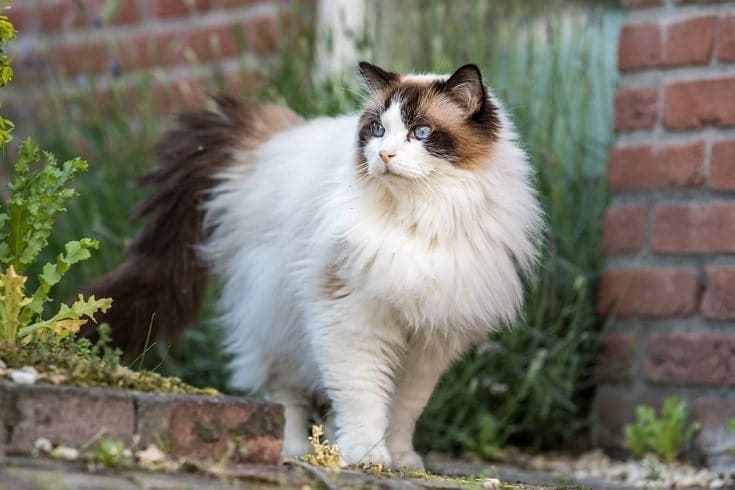Ragdoll cats get their name due to their unique behavior. They go limp when you pick one up, just like a ragdoll. No one is sure why they do this, but it’s adorable. If you are considering adopting one of these beautiful cats, you should know that they tend to live longer than most other breeds. How long is that? They have a life expectancy of 12–15+ years. Keep reading to learn more.
What’s the Average Lifespan of a Ragdoll Cat?
Because Ragdoll cats are such a healthy breed, their average lifespan is in the range of 12–15 years, but they are sometimes known to live even longer. According to many owners of these adorable and docile kitties, they can regularly live 20+ years if they are in good health.
Why Do Some Ragdoll Cats Live Longer Than Others?
1. Nutrition
What your cat eats has a profound effect on its lifespan. Quality kibble and premium wet food may help prevent many chronic illnesses. Because Ragdoll cats are especially susceptible to obesity, you’ll also need to closely monitor their weight and ensure they eat proper portions for their size. If you are unsure what type of food your Ragdoll cat should eat or how much, your veterinarian or breeder can help.
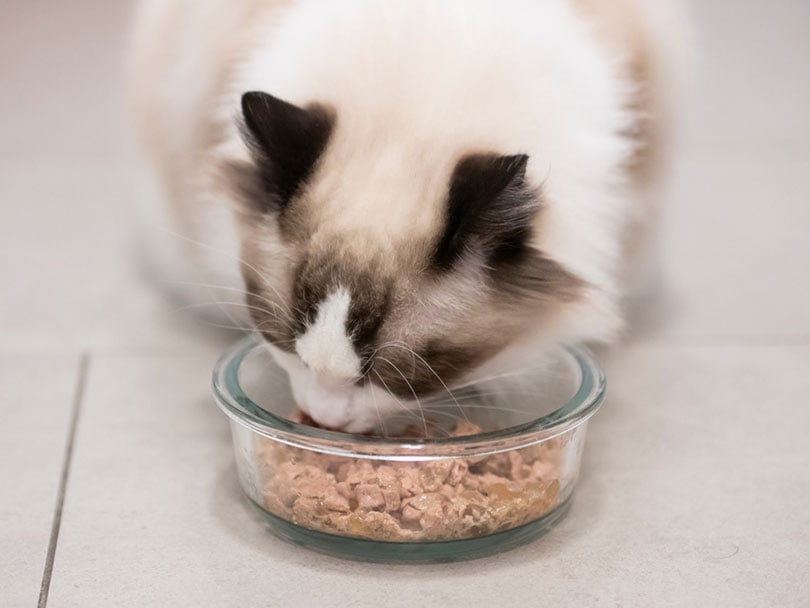
2. Environment and Conditions
Humans need a healthy and safe environment in which to live comfortably. If we don’t, it could harm our health. For example, if we are exposed to second-hand smoke, we could indirectly increase our chances of lung cancer. Similarly, your Ragdoll cat needs an environment that suits it to maximize its quality of life. If you don’t feel comfortable and safe, your cat doesn’t either.
3. Housing
Ragdoll cats are very docile and relaxed. They don’t need a lot of room to run and play, even as kittens. This makes them ideal cats for apartments and other small spaces. However, they are still playful and need exercise. Be sure to have a cat tree or other perch available for them and great spots for sunning themselves. You will quickly find which amenities your cat enjoys. Less stress can equate to a longer life.
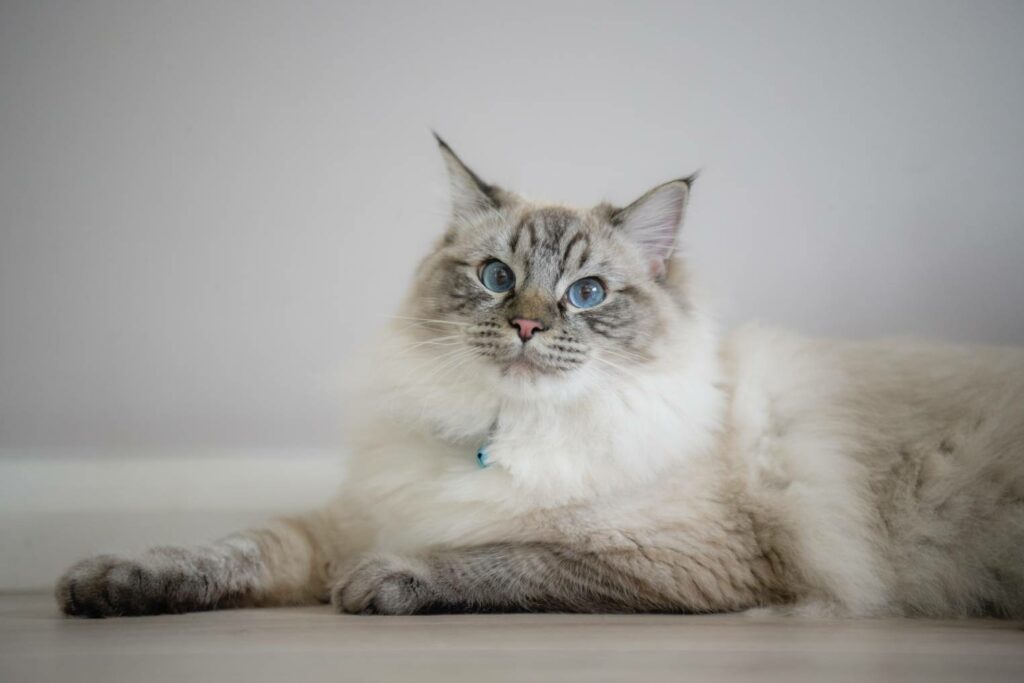
4. Size
Ragdoll cats can weigh anywhere from 10 to 20 pounds yet still have one of the longer life expectancies compared to many other cat breeds. Larger pets typically have shorter life spans than smaller ones, and this may be due to a large cat’s susceptibility to obesity and joint problems due to its weight. However, due to the good general health of the cats used in the initial breeding of the Ragdoll, it remains one of the healthiest cat breeds.
5. Sex
Female cats tend to live a little longer than male cats. This can be said for all breeds and is even true for humans. A spayed, indoor female cat will likely outlive a male one. Having your pet spayed or neutered, especially if done before they reach sexual maturity, can prevent many future health problems.1
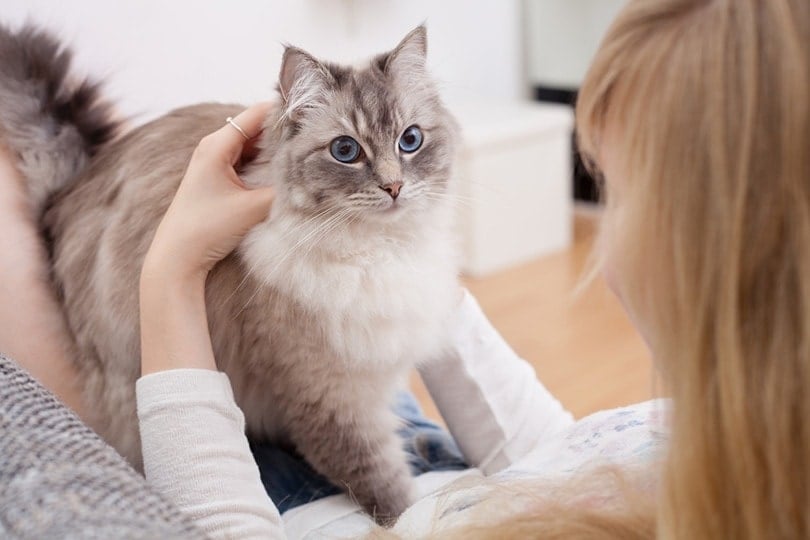
6. Breeding History
Ragdolls are among the healthiest breeds, contributing to their long life expectancy. They are susceptible to hairballs because of their long coat, which can be distressing for some cats. Like most, they are also vulnerable to urinary tract issues. The one serious medical condition you should look for is hypertrophic cardiomyopathy. Find out if your cat’s parents had this heart disease to determine if your Ragdoll is at risk.
7. Healthcare
Routine vet visits help your kitty stay healthy throughout its life. If there is a health concern, your veterinarian can spot it early on, especially when you stick with one vet, and they get to know your pet well. Regular vaccines help prevent major illnesses. If you ever have a concern about their health, follow up with a vet visit so it can be treated immediately and doesn’t negatively affect their lifespan.
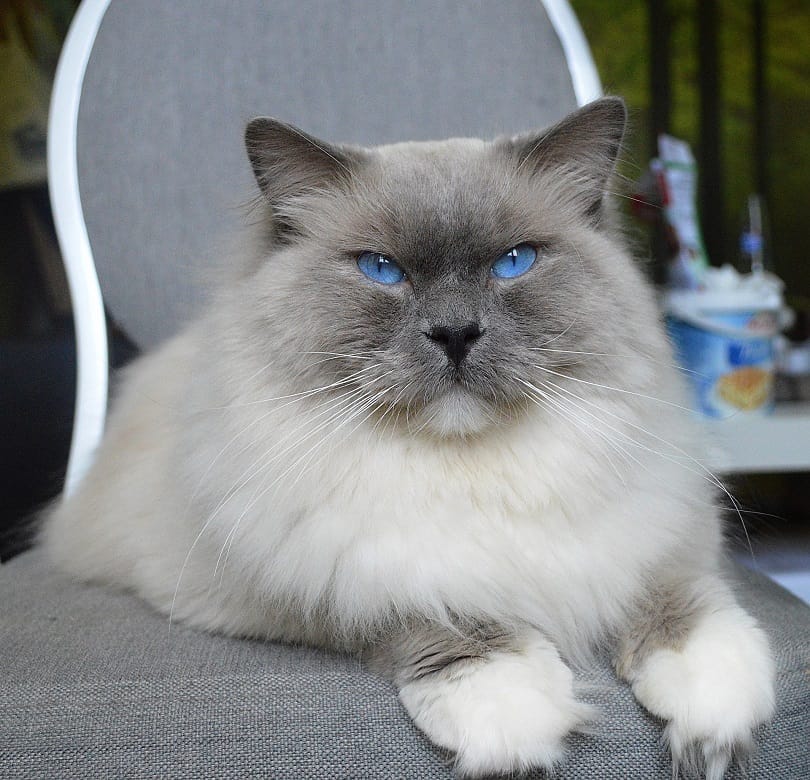
The 5 Life Stages of a Ragdoll Cat
Kitten (Birth to 1 year)
As a kitten, your Ragdoll cat will learn certain behaviors to help them live a long, healthy life.2 This includes using their litter box, eating routines, and socialization with humans and other pets. Feeding premium kibble and wet food designed for growing kittens is essential to staying healthy at this life stage and beyond. Follow up on all recommended vaccines and have them spayed or neutered.
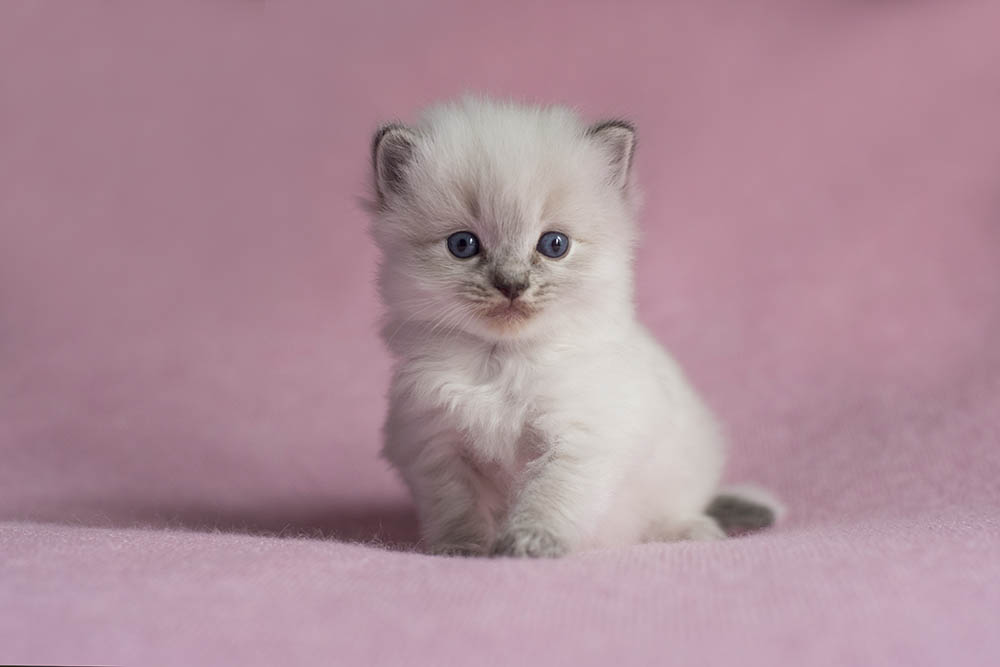
Young Adult (1 to 5 years)
Ragdoll cats are unique because they are not fully grown until age four. They may need a kitten diet longer than other breeds. Although they are still growing like kittens, they may not be as playful as they were when they were younger. Because Ragdolls are so docile, you’ll see them quiet down and become more of a companion pet at this stage.
Mature Adult (5 to 10 years)
Mature Ragdolls may slow down even more. In addition to their usually relaxed selves, you’ll find them wanting more time on your lap or sitting near you on the couch. Look for signs that your older cat has trouble grooming themselves or hesitating to jump from high places, as these could indicate joint problems. Routine dental cleanings and tooth brushing at home can help prevent major dental problems.
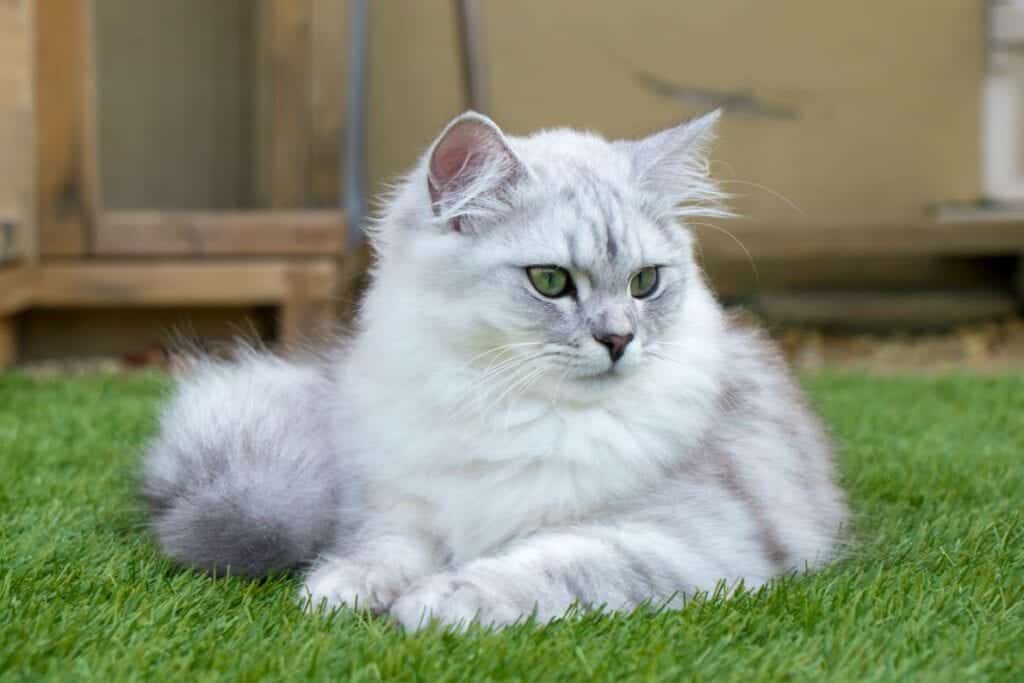
Senior (10 to 15 years)
Many cats develop chronic illnesses like high blood pressure and arthritis around this age. Regular vet visits can help you best care for your aging Ragdoll so they are happy and healthy. You should encourage playtime, as even cats with arthritis should get some exercise. It is especially important to prevent obesity as they slow down with age.
Geriatric (15+ years)
Because Ragdoll cats can live to such old ages, many will become geriatric. You may want to limit activities that could injure them. Playtime is recommended, but use shorter cat trees and platforms so they aren’t tempted to jump to or from high places. Be on the lookout for changes in behavior that signal an illness because geriatric cats of any breed are more susceptible to them at this age.
How to Tell Your Ragdoll Cat’s Age
You may not know its exact age if you’ve adopted a Ragdoll. While it’s challenging to pinpoint precisely if it is no longer a kitten, there are some things you can do to determine a cat’s age. Every kitten is unique, but a reasonable estimate can be made based on weight. A better estimate is possible based on the teeth. For example, they should have all their permanent teeth by 7 or 8 months. Insufficient grooming habits could indicate a mature cat and cloudy eyes typically indicate a senior or geriatric cat.

Conclusion
Ragdolls are lovable, lazy felines that make excellent pets. Whether you are considering a Ragdoll, already have one, or are interested in this unique breed, you now know these cats live a bit longer than most. Most pet parents can expect a healthy, happy cat to live long into their senior years as an easygoing yet playful companion.
See Also:
- Himalayan Cat vs Ragdoll Cat: What’s The Difference? (With Pictures)
- Tuxedo Ragdoll Cat: Facts, Origin & History (With Pictures)
Featured Image Credit: Serita Vossen, Shutterstock

